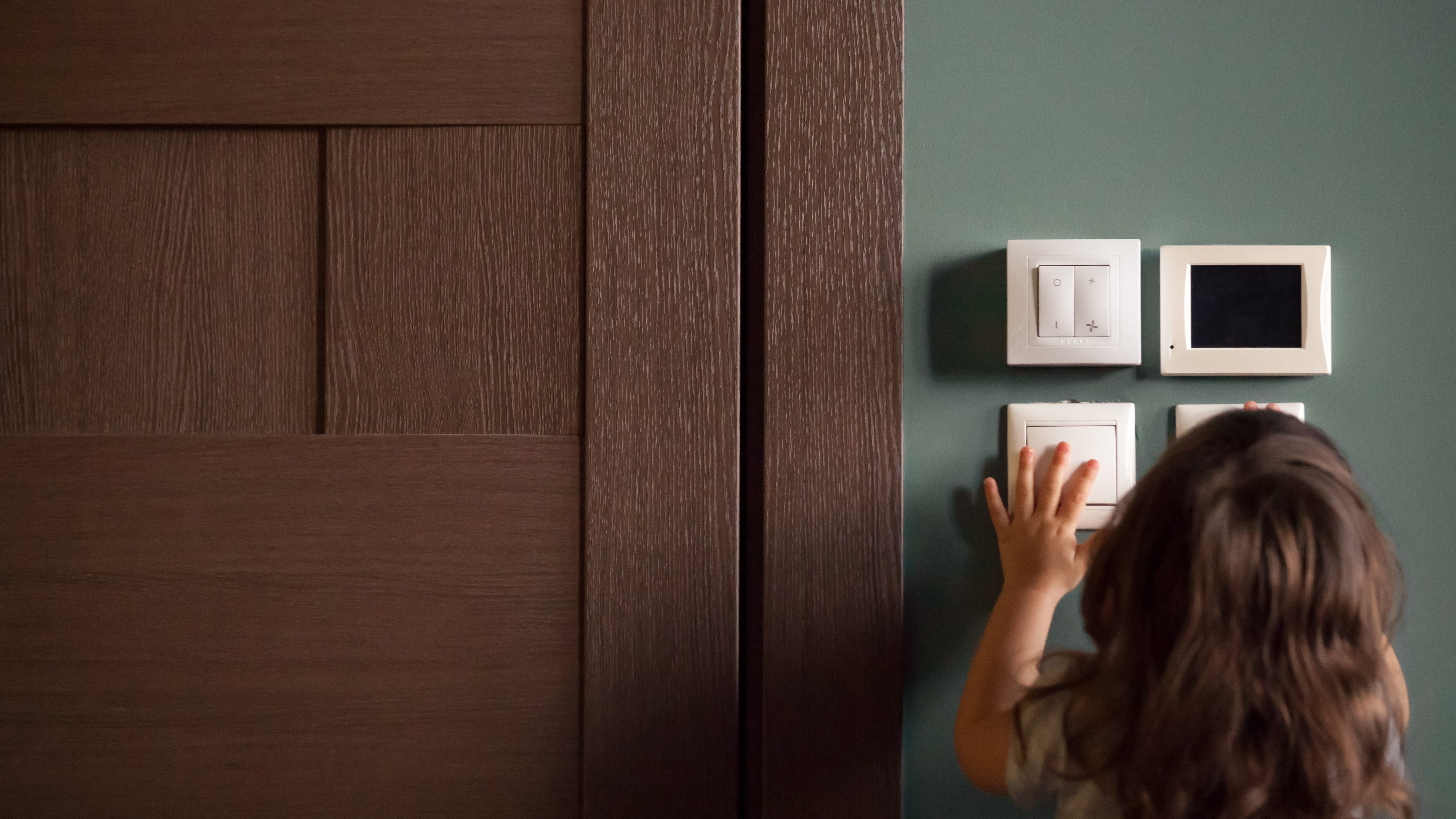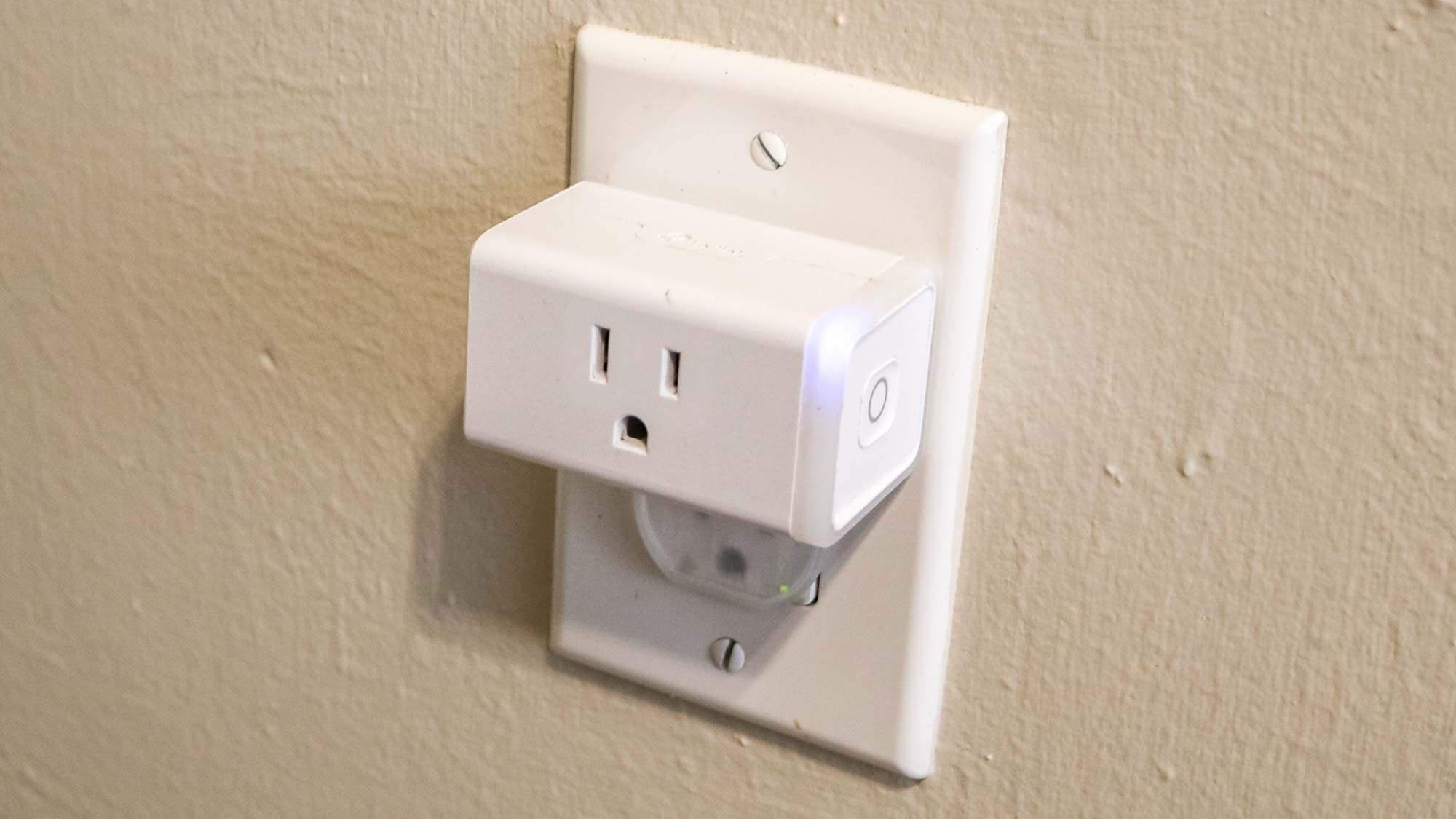5 smart home gadgets to stay toasty and save energy this winter
Take greater control of your home and monitor its status in real-time to keep it running well this winter

As the nasty winter weather sets in, now is one of the best times to build out your smart home. The best smart home devices can help you reduce your energy usage and improve the safety of your property in the cold. Plus, you can even control them while you're away to check up on your home or lower the temperature on warmer days to cut back on your heating bill.
From frozen pipes to HVAC system failures, cold weather brings serious challenges for homeowners to worry about. Read on below to see five ways you can use different smart home devices to put these to rest and effectively winterize your home.
Regulate your temperatures with a smart thermostat

The cornerstone of any energy-efficient smart home is climate control. You can use a one of the best smart thermostats such as the Ecobee 3 Lite ($145, Amazon) to regulate your heating efficiently—automating the temperatures to raise higher while you're home and lower before bed or while you’re away. You can set schedules, adjust temperatures remotely, and even set up a geofence that kicks on the heat when you arrive home. Remember to keep your heat above 55 degrees Fahrenheit at the bare minimum to prevent your pipes from freezing.
Monitor your pipes with smart leak sensors
Frozen pipes can lead to bursts. A smart leak sensor like the Govee Wi-Fi water sensor ($25, Amazon) is a small investment that can save you big bucks and major headaches down the line. Place this internet-connected detector next to your plumbing (bathroom, laundry room, etc.) and it will check pipes for drips and provide freeze warnings. The detector can be integrated into your smart home platform to send notifications to your phone, make an announcement on your smart speakers, and even flash your lights to let you know if a drip is occurring. This is especially helpful while away from home so that you can act quickly.
Check on rooms using a smart speaker with a built-in temperature sensor

The latest Echo Dot ($60, Amazon) and HomePod ($299, Best Buy) smart speakers have built-in temperature sensors. You can use these to monitor and automatically lower the heat or set an alert if a room in your home is too cold or at risk of freezing. These are ideal for areas prone to extreme temperature variations like a basement or garage.
Control your fans or space heater with a smart plug

Smart plugs let you connect and control your older "dumb" appliances like fans and space heaters remotely. Keep in mind you should never leave these plugged in while away from home and always use a high-wattage (15A or higher) smart plug with an energy-monitoring feature. You can schedule a space heater to warm up specific areas like your bedroom before turning in for the night or office before work to maximize your comfort. If your plug supports energy monitoring, you can even adjust usage patterns to maximize your efficiency.
Reduce energy usage with smart lights

Fend off the winter blues with lighting that automatically turns on to keep your home cozy. You can schedule which hours certain room lights operate or use a motion sensor to have them turn on automatically when you walk into a room. If you have a multicolor RGB bulb like this one from Kasa ($17, Amazon) you can even set mood lighting. Simulating a natural day-night cycle in these darker months helps keep your circadian rhythm on track to sleep better. When you head out for extended periods of time you can setup an Away Mode routine to have lights turn on and off in different rooms to make it seem like someone's home for extra security.
Get instant access to breaking news, the hottest reviews, great deals and helpful tips.
More from Tom's Guide
Hunter Fenollol was a Senior Editor for Tom’s Guide. He specializes in smart home gadgets and appliances. Prior to joining the team, Hunter reviewed computers, wearables, and mixed reality gear for publications that include CNN Underscored, Popular Mechanics, and Laptop Magazine. When he’s not testing out the latest cooking gadgets, you can likely find him playing a round of golf or out with friends feeding his paycheck to a QuickHit slot machine.
Hunter started his career as an intern at Tom’s Guide back in 2019 while in college. He graduated from Long Island University Post with a degree in Communications and minor in Advertising. He has been vlogging ever since the iPhone 4 took front-facing cameras mainstream.

